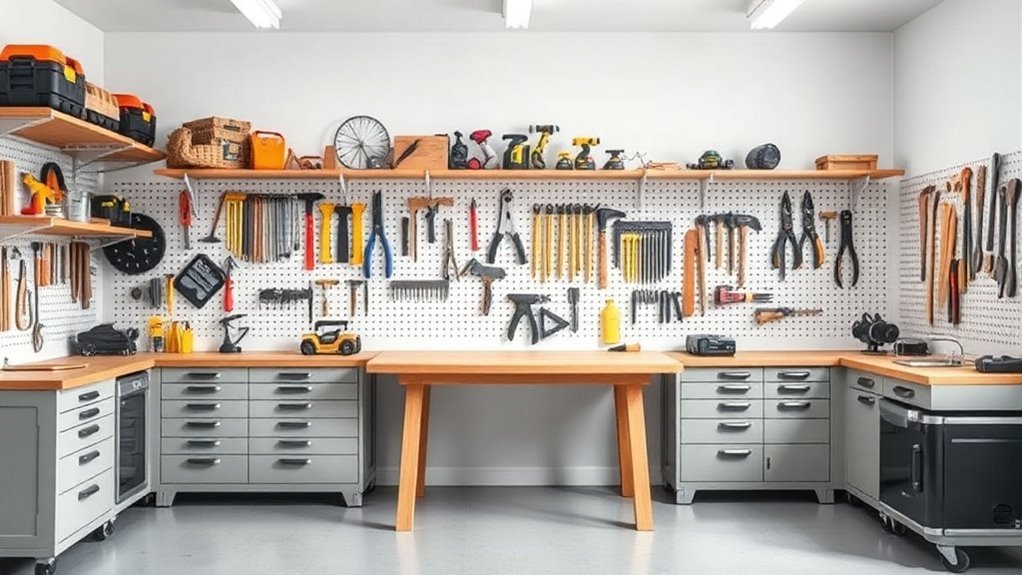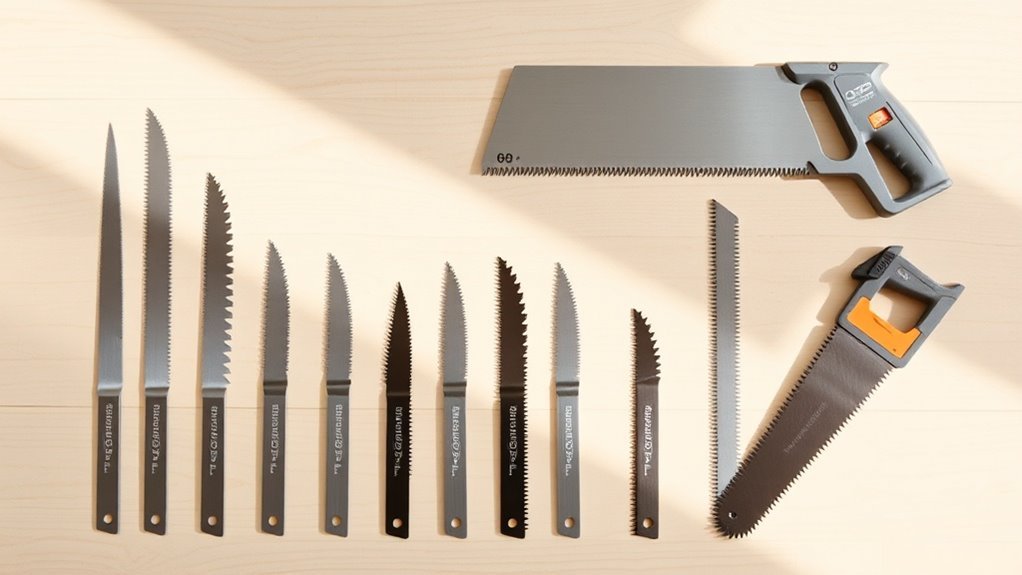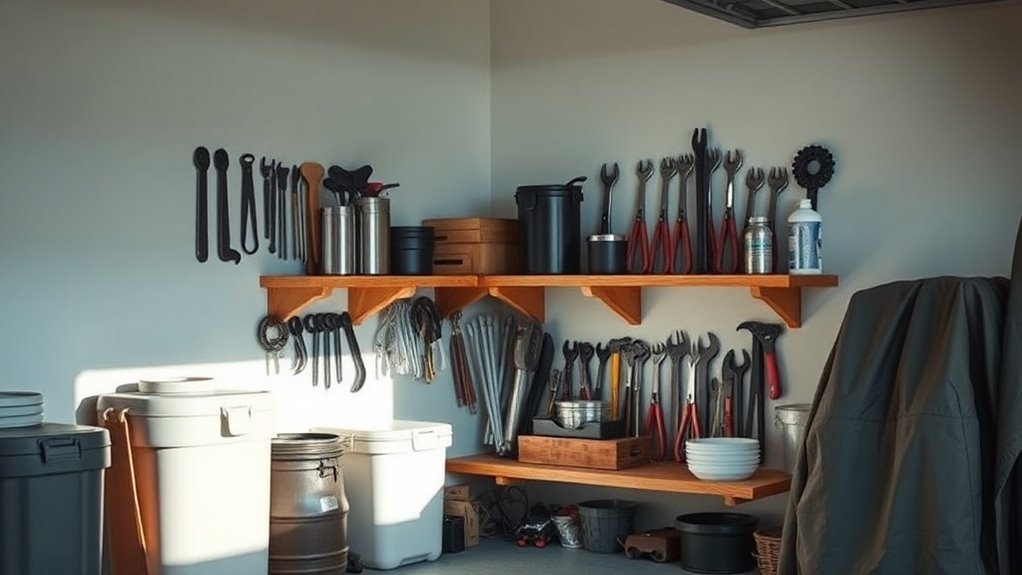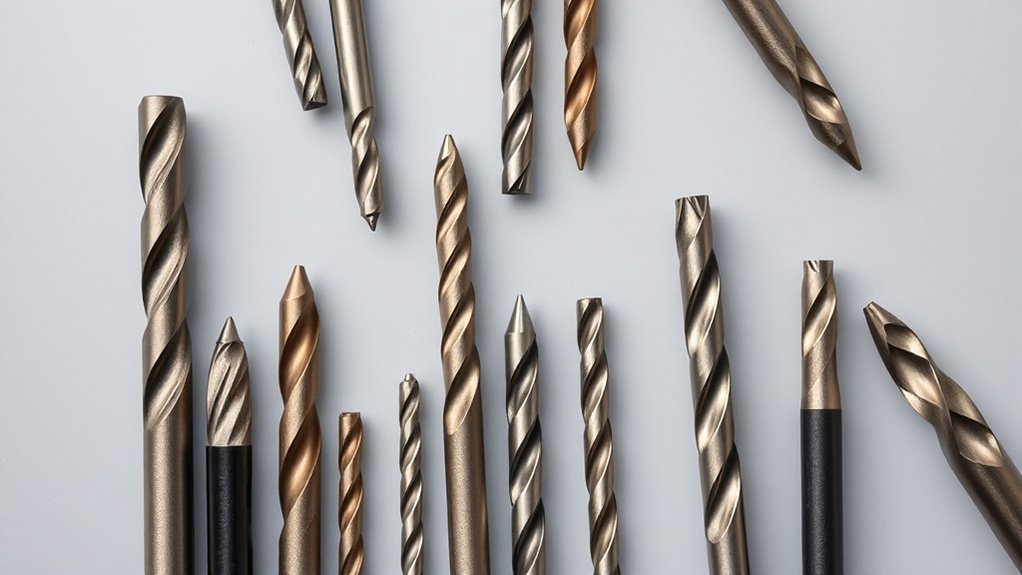Understanding the Use of Spirit Levels in Construction
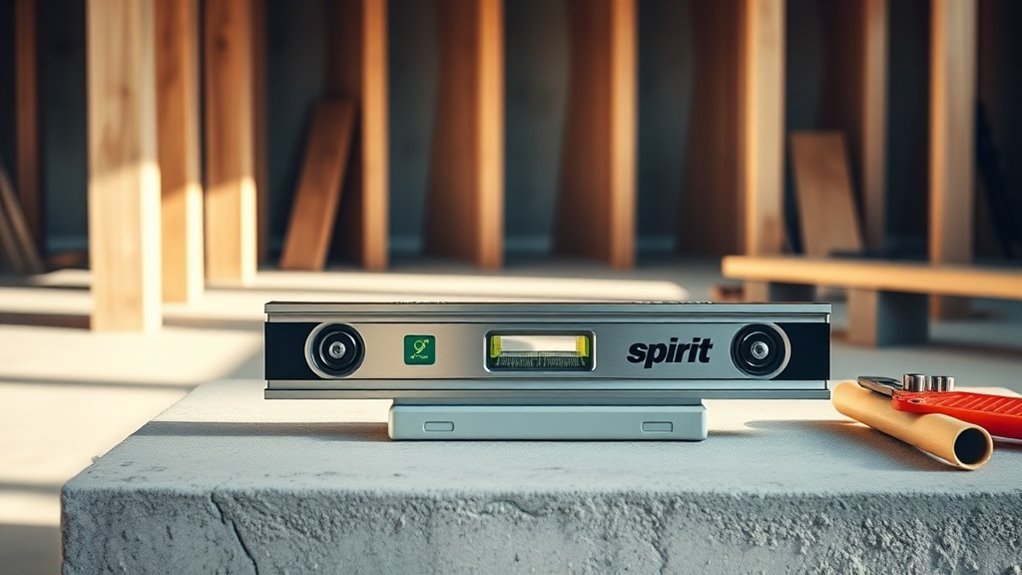
Understanding spirit levels in construction is crucial for achieving precision and safety in your projects. Accurate leveling guarantees that surfaces fit properly, maintains structural integrity, and prevents aesthetic issues. There are various types of levels, like bubble and digital levels, each suited for different tasks. Proper use, maintenance, and calibration are necessary to keep them reliable. Plus, choosing the right level for your specific needs enhances project efficiency. There’s so much more to explore about using spirit levels effectively!
Key Takeaways
- Spirit levels ensure proper alignment and stability of construction components, crucial for safety and structural integrity.
- Various types of spirit levels, like bubble and digital levels, cater to different project needs and precision requirements.
- Accurate use of a spirit level involves placing it on surfaces and checking the bubble position for level measurements.
- Regular maintenance and calibration are vital to ensure the reliability and accuracy of spirit levels over time.
- Choosing the right level based on project size, accuracy necessary, and environment enhances overall efficiency in construction.
The Importance of Accurate Leveling in Construction
Accurate leveling is essential in construction, as it guarantees every component fits and functions as intended. When you’re working on a project, you don’t want to deal with misaligned walls or uneven floors, which can lead to costly delays and necessary repairs.
Leveling secures that structural integrity is maintained, which ultimately safeguards the building’s safety and longevity. Without proper leveling, you’ll risk aesthetic issues as well, as surfaces won’t align aesthetically pleasingly.
It also plays a significant role in drainage for roofs and pavement, preventing water accumulation that might cause further damage over time. By prioritizing accurate leveling, you’re not just securing quality but also enhancing the overall efficiency of your construction process. Additionally, using a laser level can significantly improve your accuracy, ensuring a more streamlined approach to your projects.
Always invest in the right tools for this critical task.
Types of Spirit Levels and Their Uses
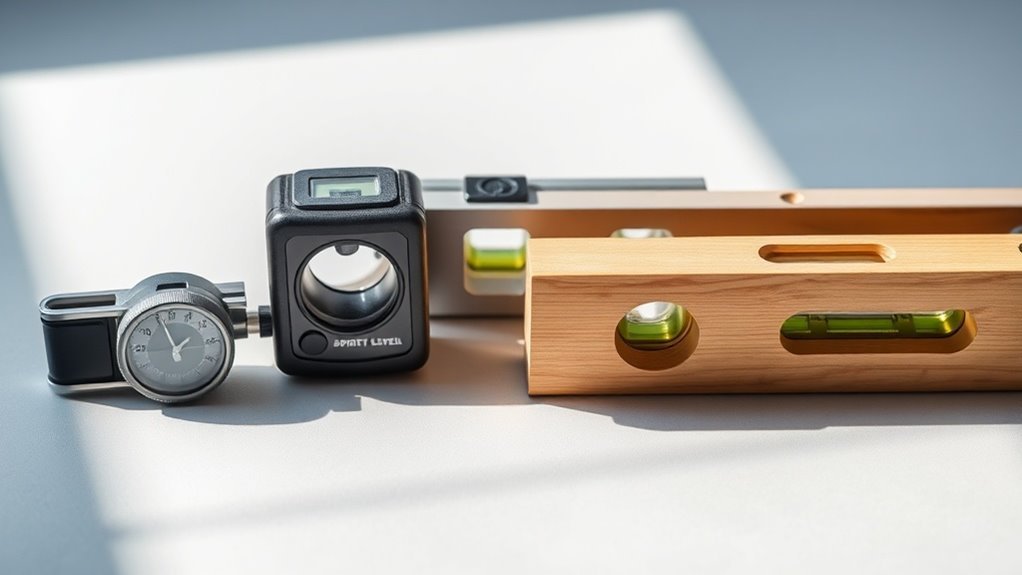
When it comes to guaranteeing precision in construction, understanding the different types of spirit levels is vital. The most common type is the traditional bubble level, which uses a liquid-filled vial to show whether a surface is level or plumb.
Understanding the various types of spirit levels is essential for ensuring precision in construction projects.
Then, there’s the digital level, which provides a more precise readout—great for complicated projects. You might also encounter torpedo levels, compact and easy to handle, perfect for tight spaces.
Finally, rotary levels are suitable for large-scale jobs, utilizing a laser beam for an accurate horizontal plane. Each type of spirit level has its purpose, so it’s important to choose the right one based on the specific needs of your project.
This guarantees you achieve the accuracy required for a successful build.
How to Properly Use a Spirit Level
Using a spirit level correctly can make a significant difference in the quality of your construction projects. To start, place the level on the surface you’re measuring. Confirm it’s stable and let it settle. Check the bubble’s position; it should be centered between the marked lines. For vertical measurements, hold the level against the item and verify the bubble’s placement.
Here’s a quick guide to remember:
| Step | Action | Result |
|---|---|---|
| Place the level | On the surface | Confirm stability |
| Check the bubble | Looks centered | Indicates level |
| Adjust if needed | Move item accordingly | Surface aligns perfectly |
Following these steps can help confirm precision.
Maintenance and Calibration of Spirit Levels
To guarantee your spirit level remains reliable over time, regular maintenance and calibration are essential.
Start by cleaning the tool; dust and debris can affect its accuracy. Check the vials for bubbles. If you notice air bubbles that don’t align properly, it might be time for calibration.
You can perform a simple test: place the level on a flat surface, note the reading, then flip it over. If it’s not level both times, it needs recalibration.
For professional-quality calibration, consider taking it to a specialist. Always store your spirit level in a protective case to prevent damage.
With proper care, your spirit level will provide accurate readings for years, ensuring your construction projects stay on track.
Choosing the Right Spirit Level for Your Project
Choosing the right spirit level for your project can greatly impact the accuracy of your work, especially if you’re tackling tasks that demand precision. Consider the following types when selecting a spirit level:
| Type | Ideal Use | Accuracy Level |
|---|---|---|
| Standard Level | General construction | Up to 1/4 inch |
| Box Level | Tight spaces | Up to 1/8 inch |
| Digital Level | High-tech installations | 0.1-degree |
Think about the length you need, too—longer levels work well for larger projects, while shorter options are great for smaller tasks. Don’t forget to check for durability, especially if you’ll be using the level on rugged job sites.
Questions
Can Spirit Levels Be Used Outdoors in Extreme Weather?
Yes, you can use spirit levels outdoors in extreme weather, but it’s essential to choose a durable model. Extreme temperatures can affect the fluid inside, so opt for one designed specifically for outdoor conditions.
What Materials Are Spirit Levels Typically Made Of?
Spirit levels are typically made of materials like aluminum or plastic for the frame, and they often have glass or acrylic vials containing liquid. Some may include an internal magnet for easier use on metal surfaces.
How Do I Know if My Spirit Level Is Broken?
If your spirit level’s bubble isn’t centered after leveling a surface, it might be broken. Surprisingly, about 5% of spirit levels fail calibration over time. Check for physical damage or inaccuracies to confirm.
Are Digital Spirit Levels More Accurate Than Traditional Ones?
Yes, digital spirit levels are generally more accurate than traditional ones. They offer precise measurements and often come with features like displays and alerts, making it easier for you to guarantee your projects are level.
Can I Use a Spirit Level to Check Vertical Surfaces?
Absolutely, you can use a spirit level to check vertical surfaces! Think of it as your trusty compass, guiding you through a world where precision and balance unite to create harmony in every structure you touch.
Conclusion
In the world of construction, having a trusty spirit level by your side is like a compass guiding a ship through uncharted waters. It guarantees your projects are sound and visually appealing, giving you peace of mind. By understanding its importance, knowing the different types, and mastering its use, you can elevate your building skills. So, whether you’re hanging frames or laying bricks, don’t underestimate the power of a perfectly leveled line—it can make all the difference.

